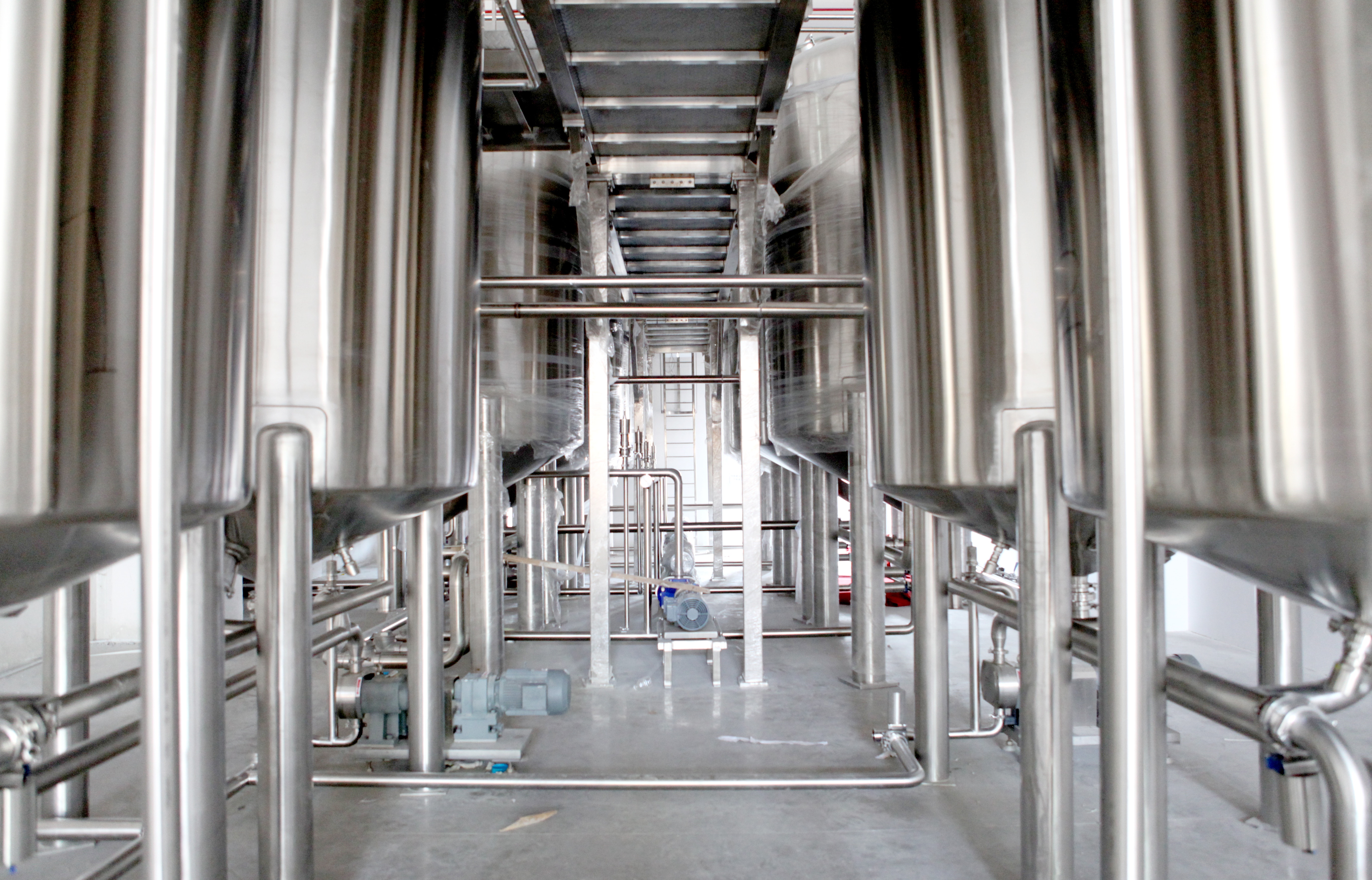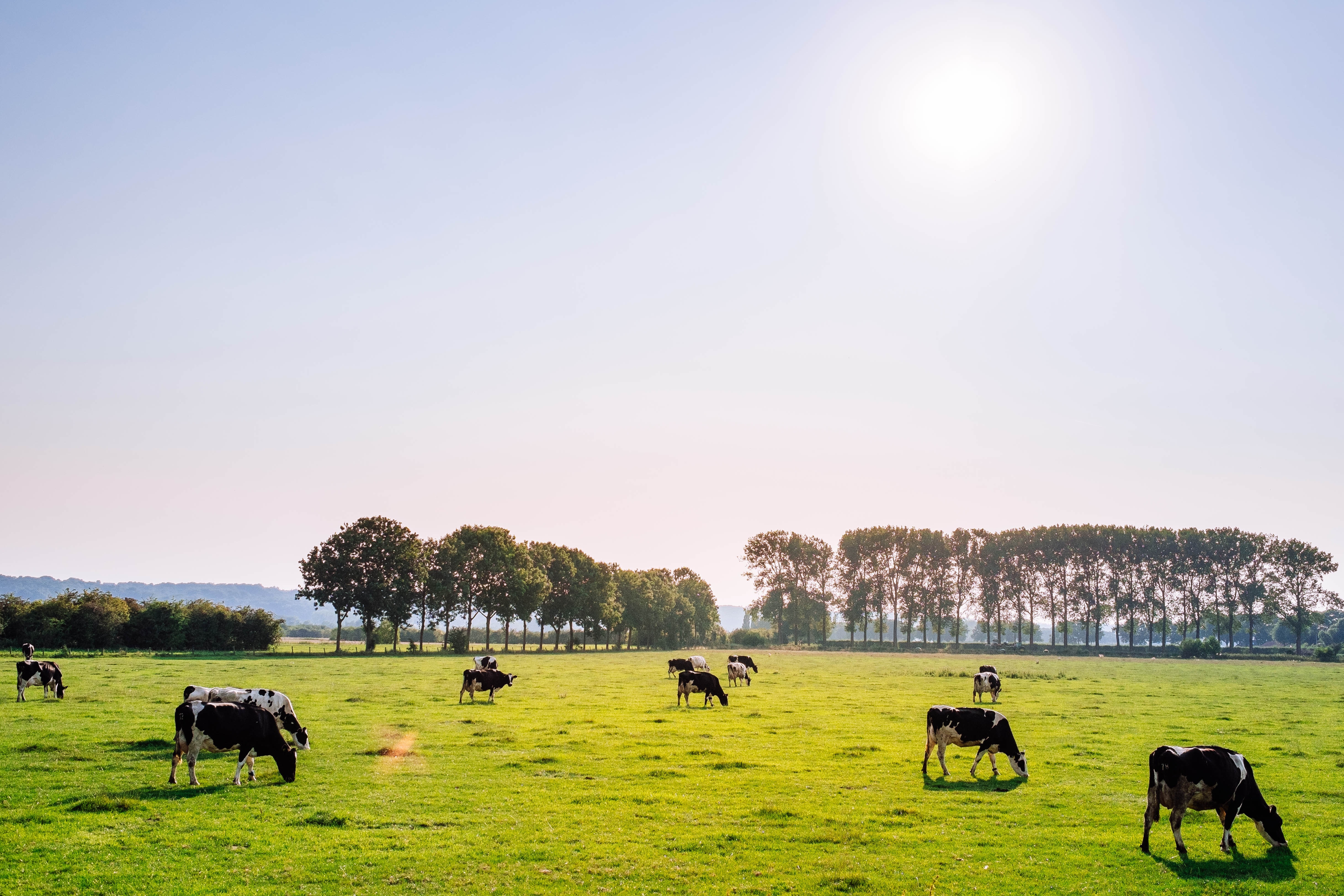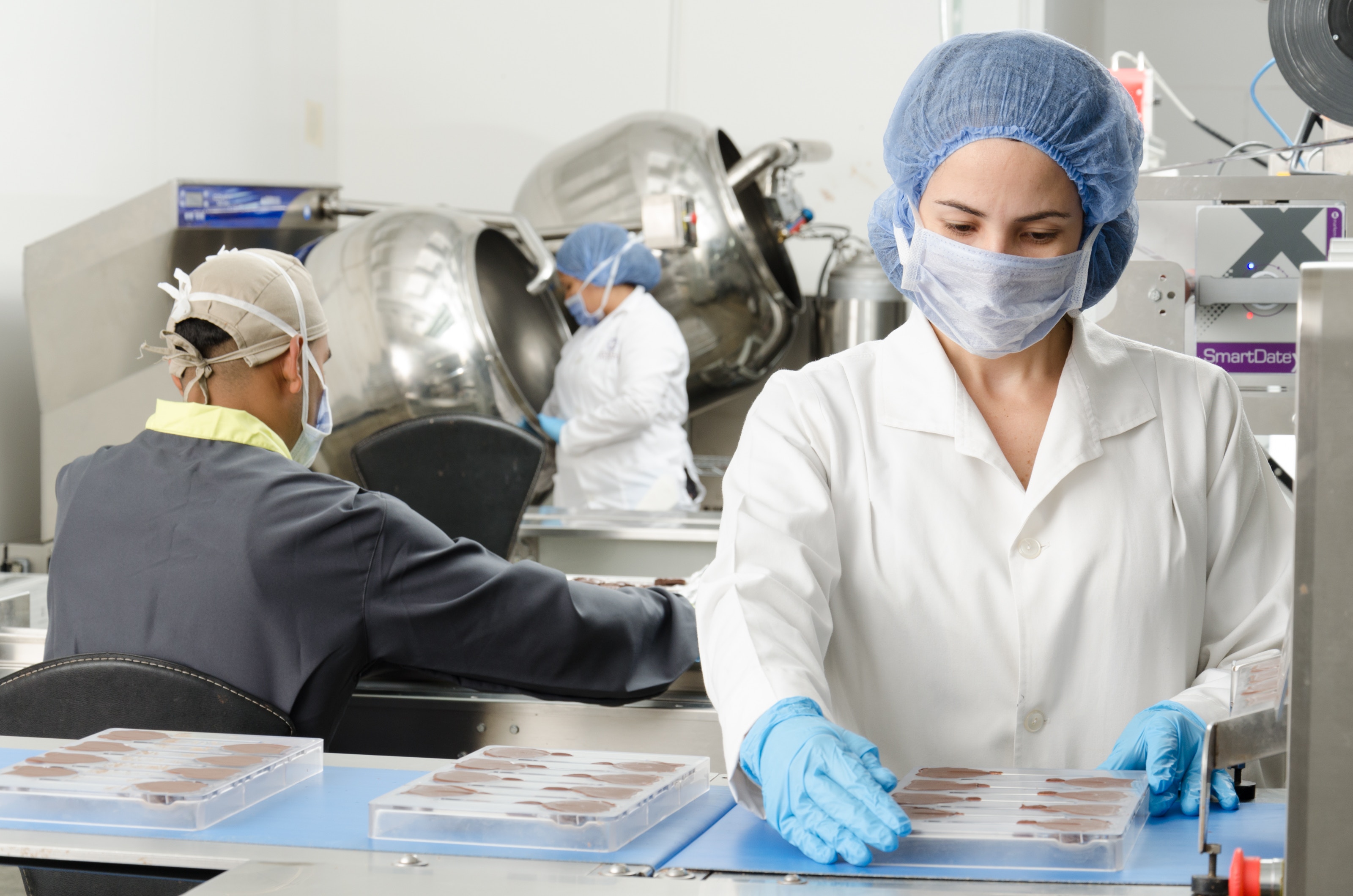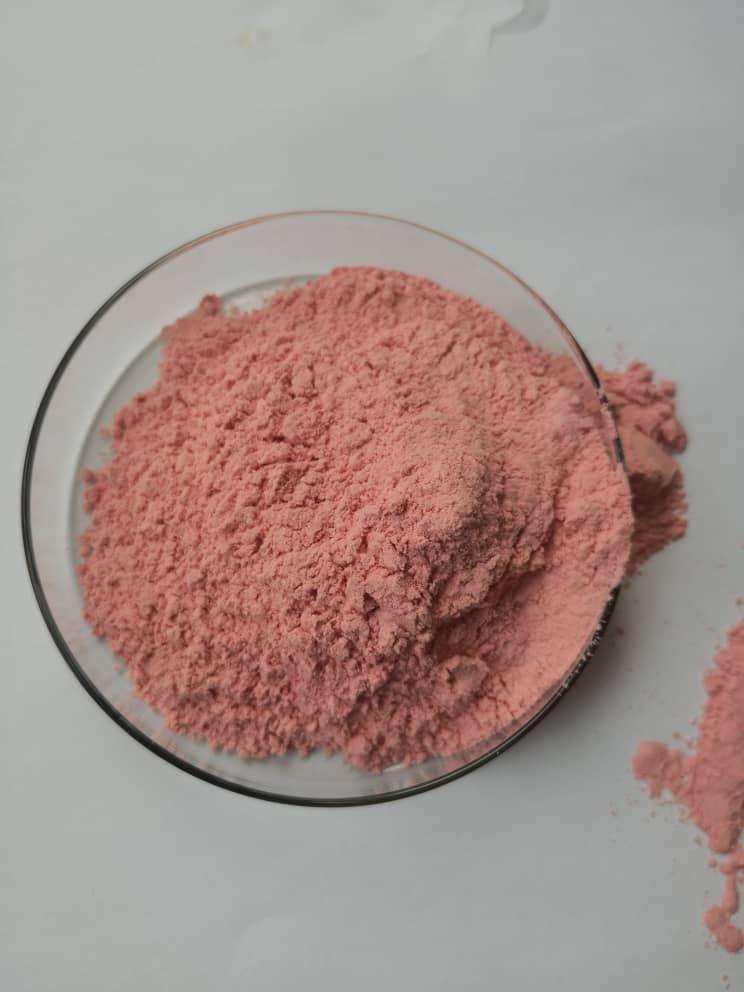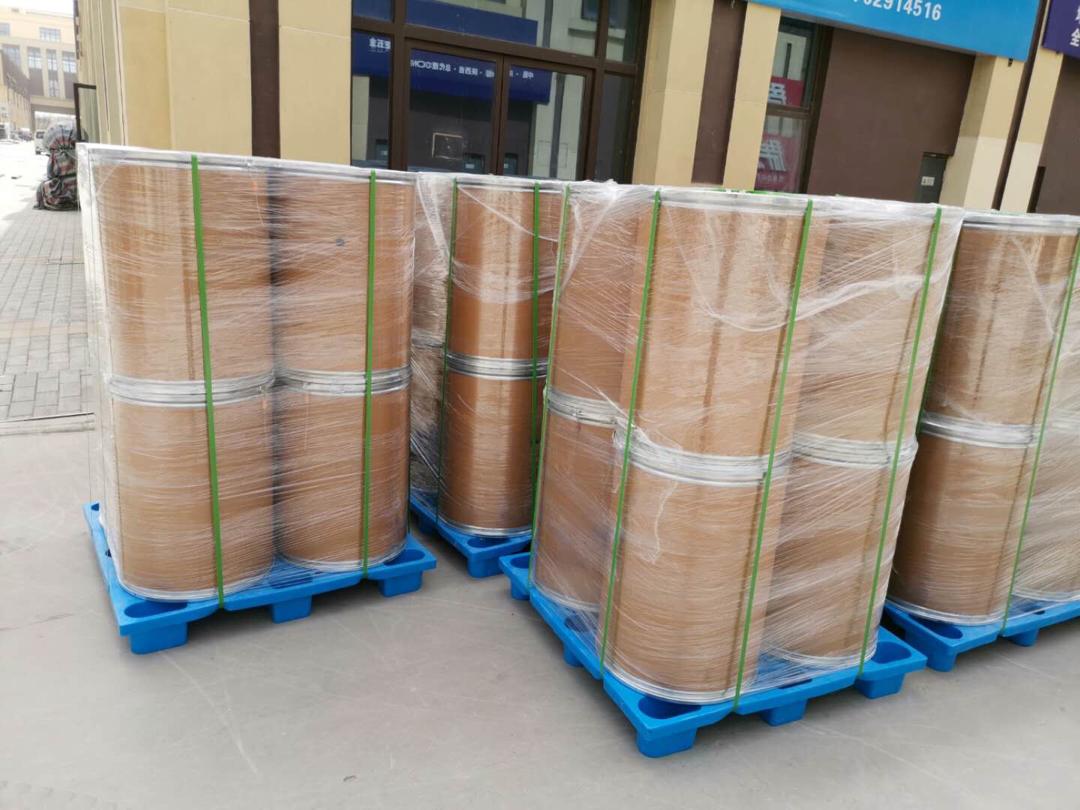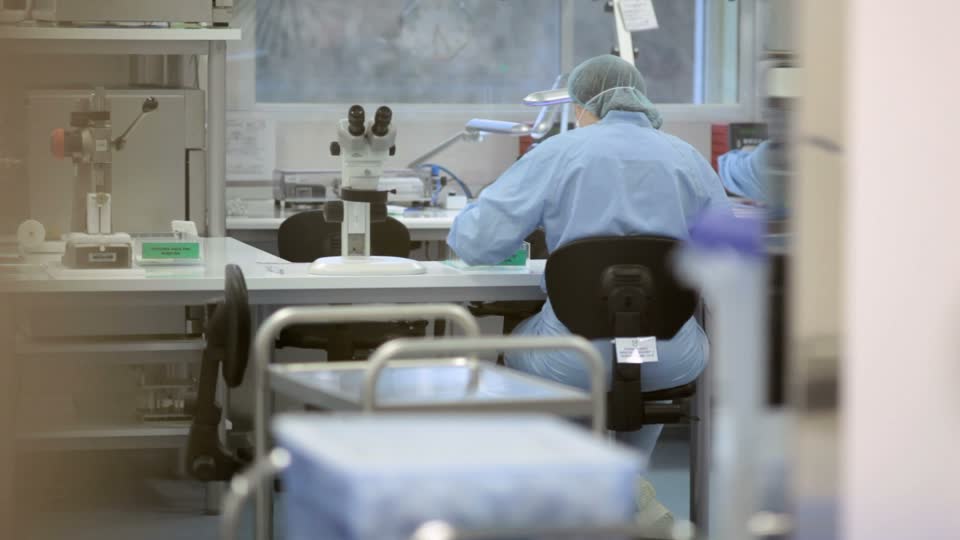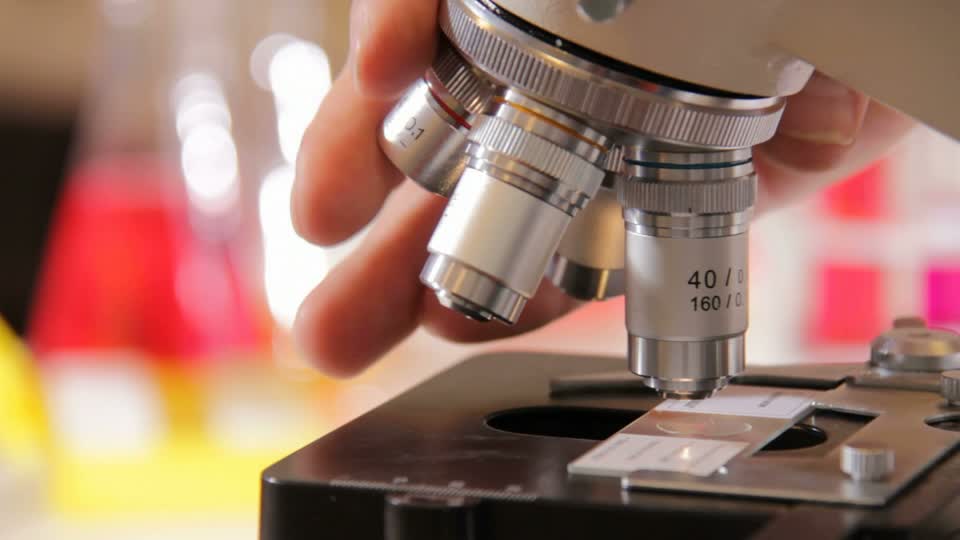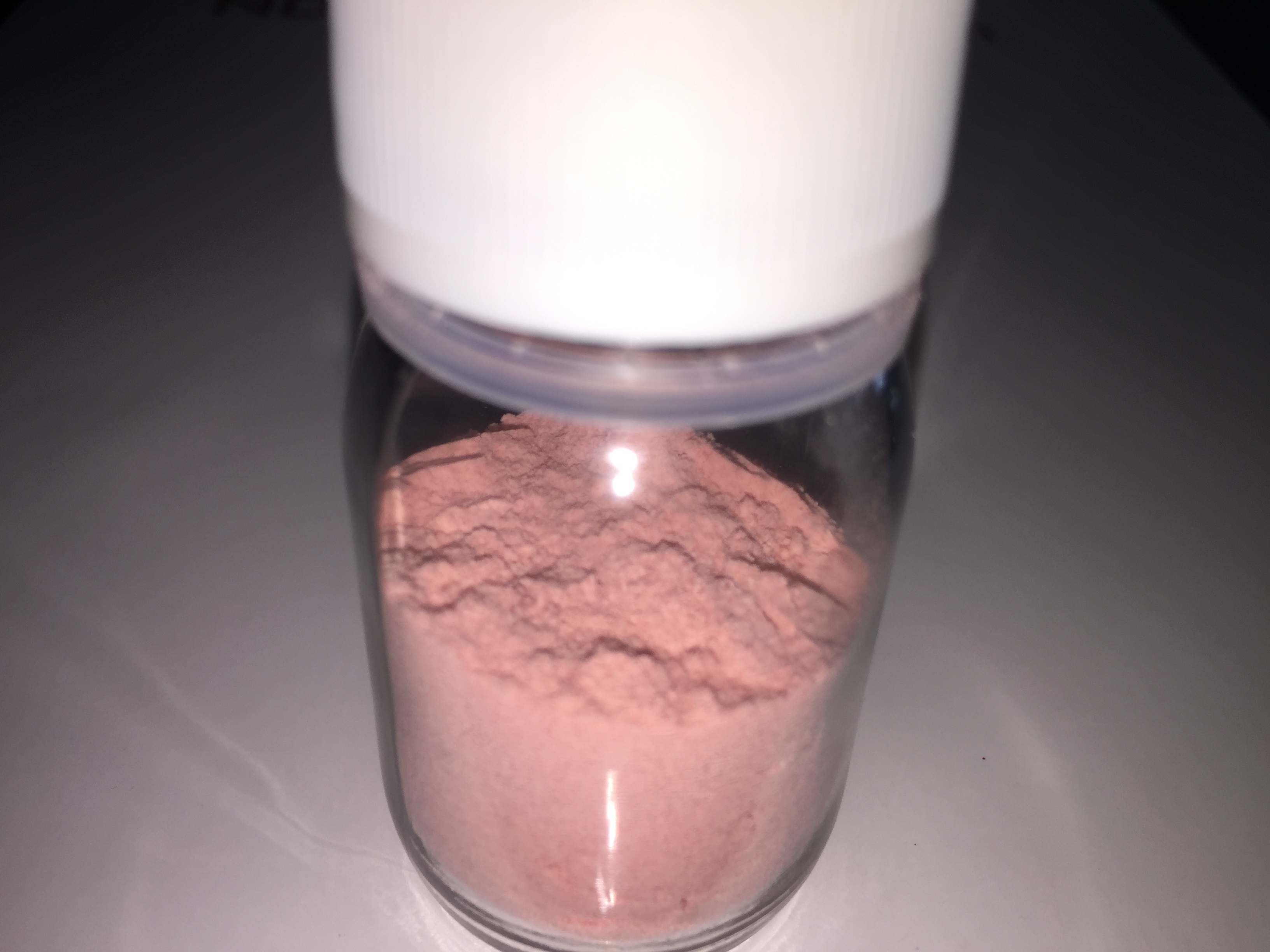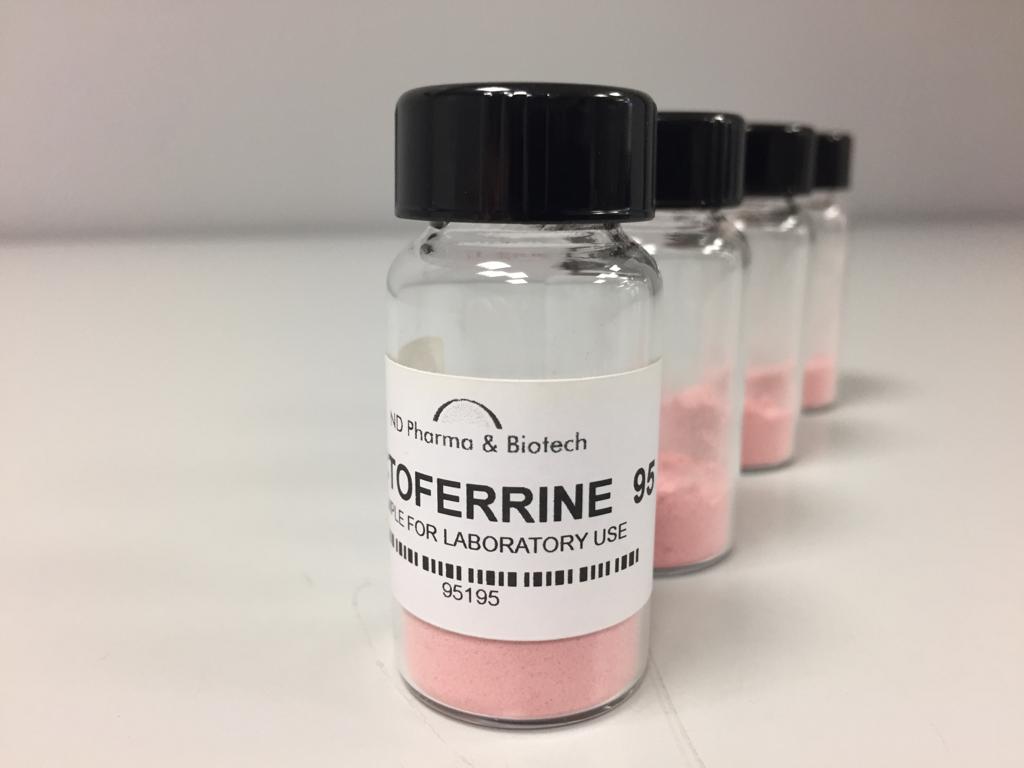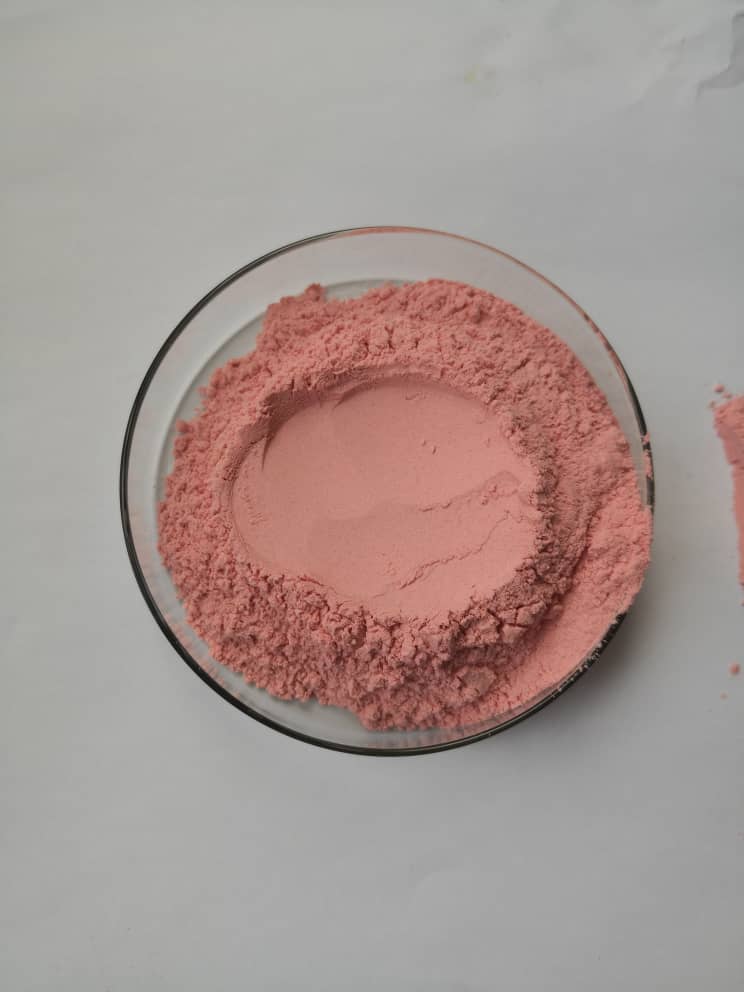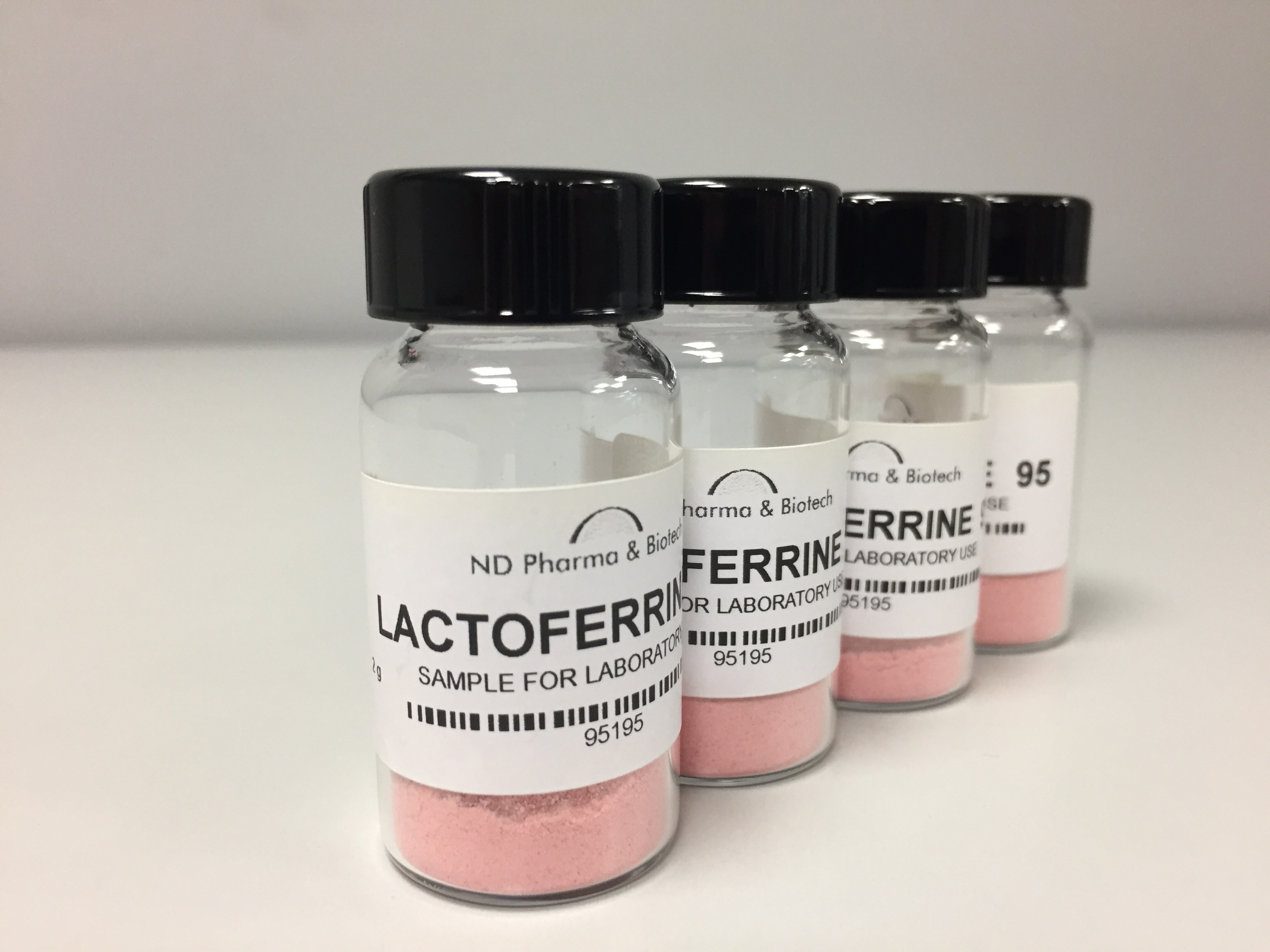Lactoferrin main property is as iron binding whey protein
Lactoferrin, a protein sought for its ability to bind with iron
The current knowledge of functional and nutritional properties of dairy proteins allows a use of these proteins as essential raw material in new product technology. With more and more advanced separation techniques, new uses are indeed wanted and exploited.
Lactoferrin is a glycoprotein that may be found in most external secretions, including milk. Lactoferrin is whey protein that has a strong affinity for iron ions. From transferrin family, this protein is indeed composed of only one bilobed polypeptide chain. The formed lobes represent two fixation locations for iron: two iron molecules may as a result be bound to one protein molecule.
Native lactoferrin has a iron saturation of 10 to 30%.
Lactoferrin is more and more sought for its nutritional interest. This glycoprotein has an approximate molecular weight of 77 kDa and is composed of all natural amino acids (696 amino acids in total, amongst which 7% are associated glucids)
In 2001, milk-derived lactoferrin has been identified GRAS ingredient (Generally Recognized As Safe) for sport and functional food by the FDA (Food and Drug Administration – United States)
Product information
Manufacturing process of lactoferrin
Bovine lactoferrin is a protein that is naturally present in cow milk. We extract product from skimmed milk or cheese whey directly.
Ion-exchange process and several steps of ultrafiltration enable isolation of the protein in raw material (whey or skimmed milk).
Lactoferrin industrial extraction process happens from a column including ion-exchange resin. After absorption, the resin is washed several times. Uncoupling solution is passed through to eliminate contaminants. This solution is then concentrated by ultrafiltration.
The obtained result through this process is thereafter freeze-dried, then big particles are eliminated through a screen to give appropriate homogeneous size to particle.
To obtain a product whose purity rate is above 95%, the resin is regenerated and concentrate may be separated by chromatography again.
Bovine lactoferrin composition (bLF, derived from cow milk)
According to the execution decision of the European Commission (2012/727/EU), bovine lactoferrin must offer a protein content higher than 93% amongst which more than 95% of bovine lactoferrin and less than 5% of other proteins.
Lactoferrin uses
- Child nutrition: lactoferrin appears more and more like an essential constituent of maternal milk regarding iron nutrition. It plays a central role in iron contribution for infant.
- Dietetics and sport
The designation « lactoferrin derived from cow-milk » must appear on the labels of food items if these items contain bLF.
Functional properties of lactoferrin
Because of its iron affinity, lactoferrin may act as a bacteriostatic agent. It reduces the quantity of free iron ions, disturbing as a result bacteria development.
According to IDF (International Dairy Federation) many studies are ongoing to determine the presumed influence of lactoferrin on iron absorption, on immune system and on cell growth.
Product information
Manufacturing process of lactoferrin
Bovine lactoferrin is a protein that is naturally present in cow milk.
Ion-exchange process and several steps of ultrafiltration enable isolation of the protein in raw material (whey or skimmed milk).
Lactoferrin industrial extraction process happens from a column including ion-exchange resin. After absorption, the resin is washed several times. Uncoupling solution is passed through to eliminate contaminants. This solution is then concentrated by ultrafiltration.
The obtained result through this process is thereafter spray-dried, then big particles are eliminated through a screen.
To obtain a product whose purity rate is above 90%, the resin is regenerated and concentrate may be separated by chromatography again.
Bovine lactoferrin composition (LFb, derived from cow milk)
According to the execution decision of the European Commission (2012/727/EU), bovine lactoferrin must offer a protein content higher than 93% amongst which more than 95% of bovine lactoferrin and less than 5% of other proteins.
Lactoferrin uses
- Child nutrition: lactoferrin appears more and more like an essential constituent of maternal milk regarding iron nutrition. It plays a central role in iron contribution for infant.
- Dietetics and sport
The designation « lactoferrin derived from cow-milk » must appear on the labels of food items if these items contain LFb.
Functional properties of lactoferrin
Because of its iron affinity, lactoferrin may act as a bacteriostatic agent. It reduces the quantity of free iron ions, disturbing as a result bacteria development.
According to IDF (International Dairy Federation) many studies are ongoing to determine the presumed influence of lactoferrin on iron absorption, on immune system and on cell growth.
References: 1 Lonnerdal, B. 2016. J Pediatr. 173: S4-9; Lonnerdal, B. 2014. Am J Clin Nutr 99: 712S–7S; Lonnerdal B (2009) Nutritional roles of Lactoferrin. Current Opinion in Clinical Nutrition and Metabolic Care, 12, 293-2972 King et al. 2007. J. Pediatr. Gastroenterol. Nutr. 44: 245-2513 Iyer S & Lonnerdal B (1993) Lactoferrin, lactoferrin receptors and iron metabolism. European Journal of Clinical Nutrition, 47, 232-241; Valenti P & Antonini G (2005) Lactoferrin: an important host defence against microbial and viral attack. Cell and Molecular Life Science, 62, 2576-2587; Lonnerdal B & Iyer S (1995) Lactoferrin: molecular structure and biological function, Annual Reviews in Nutrition, 15, 93-1104 Wakabayshi H, Takase M & Tomita M (2003) Lactoferricin derived from milk protein lactoferrin. Current Pharmaceutical Design, 9, 1277-1287; Kawaguchi S, Hayashi T, Masano H, Okuyama K, Suzuki T. & Kawase K. (1989) Effect of lactoferrin-enriched infant formula on low birth weight infants. Shuusankiigaku, 19, 125-130.5 Paesano, R. Et al. 2009. Biochimie. 91 (1): 44-51.

